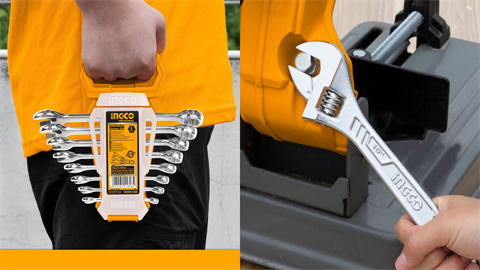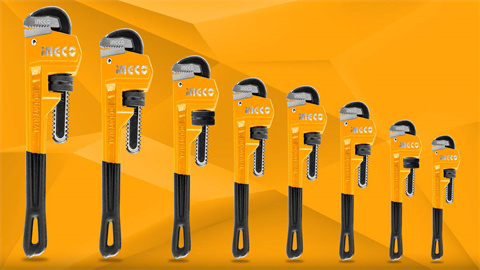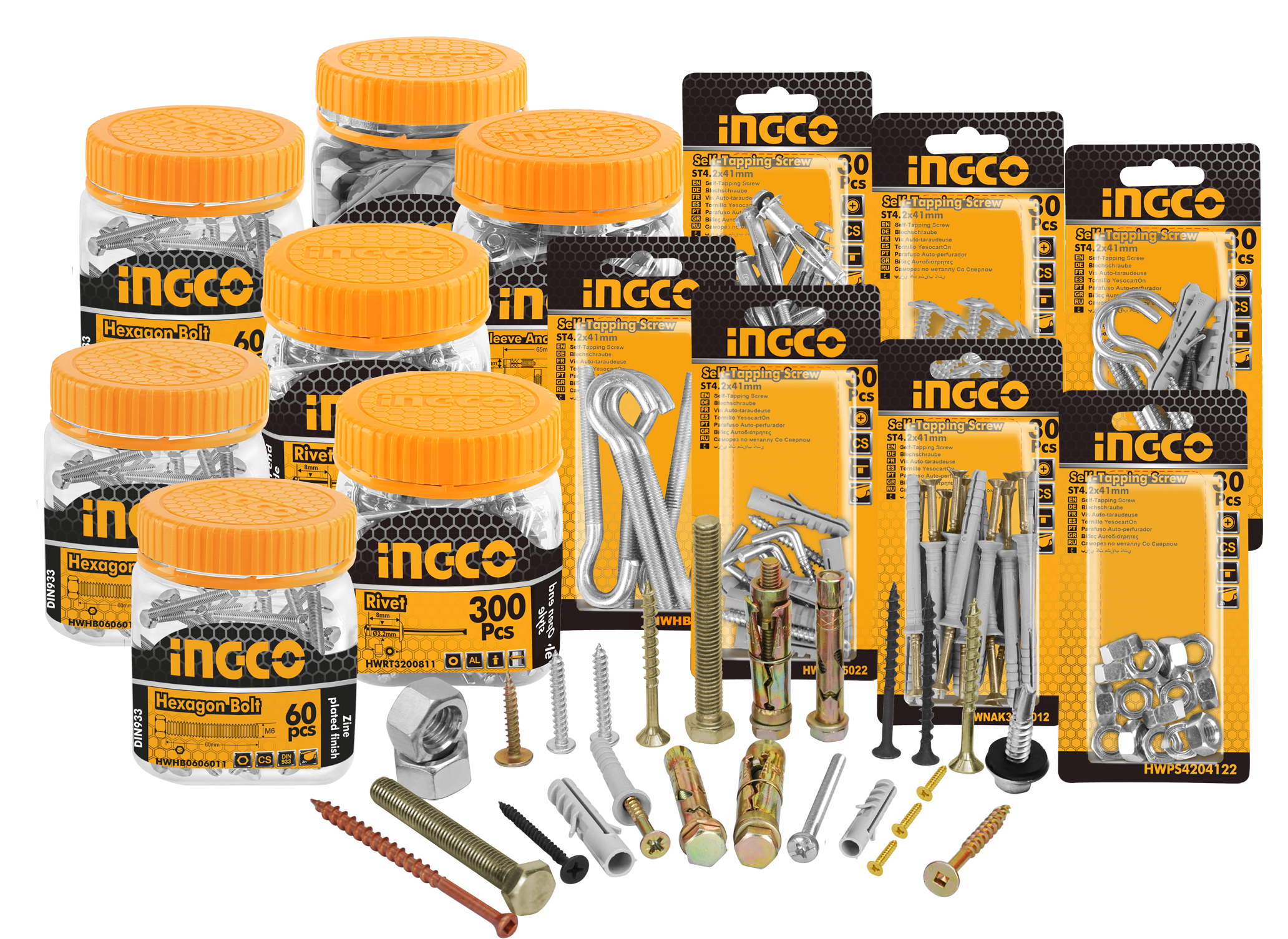What Is Hand Tools: A Comprehensive Guide
You might have an upcoming DIY project and want to make sure you know what hand tools are and how to use them properly. Hand tools are the most common type of tool, especially for basic construction or repair. In this guide, I will talk about what is hand tools, their various types, and how to use and maintain them. By the end of this, you'll definitely find valuable and new information, so keep reading!

What Are Hand Tools?
Hand tools are simple devices that you operate by hand, without needing electricity or motors. They include wrenches, pliers, cutters, files, hammers, screwdrivers, vises, clamps, snips, saws, drills, and knives.
Hand tools started as basic stone implements in the Stone Age and evolved with the use of materials like copper, tin, and iron in the Bronze and Iron Ages, making them stronger and more functional. Today, hand tools remain widely used in woodworking, metalworking, construction, and various household tasks because they are straightforward and quick to use.
What Are the Different Types of Hand Tools?
You may be questioning what are the different hand tools. Well, hand tools can be broadly categorized into several types based on their function and design. Some of the most common types include:
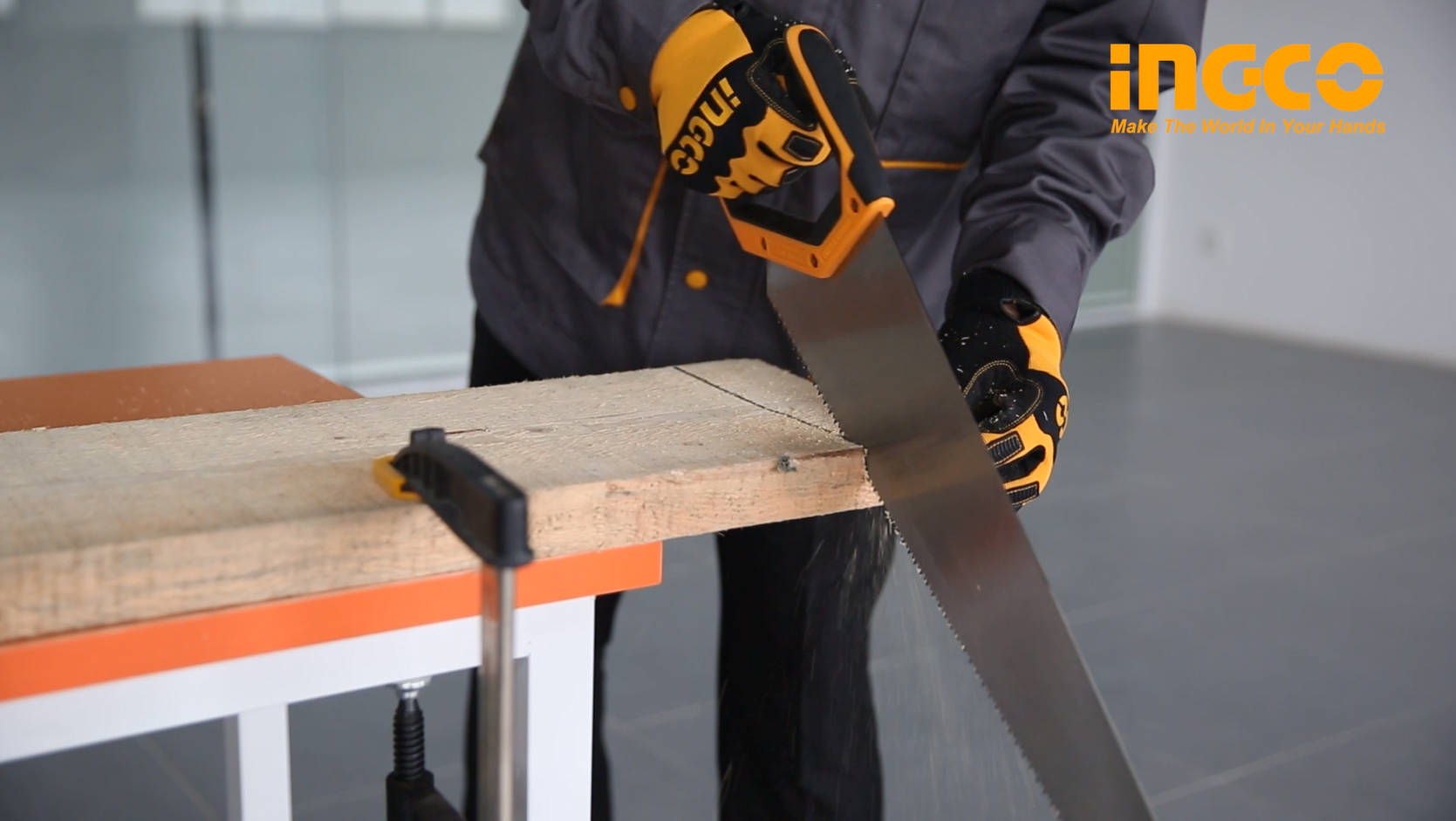
Cutting Tools
Cutting tools remove material from a workpiece by shearing it away. They are used to cut various materials, including metal, wood, plastic, and cables. For example, utility knives handle cardboard, plastic, and thin wood, while snips and shears are suited for thin sheet metal. Bolt cutters are designed for cutting metal rods and chains, and saws like jab and hand saws are ideal for cutting wood and plastic pipes.
These different cutting tools are indispensable in tasks ranging from precise crafting in woodworking to heavy-duty cutting in construction.
Striking Tools
Striking hand tools are used to hit or drive objects and are designed to deliver force through impact. Different types of hammers include claw hammers for driving and removing nails, ball peen hammers for metalworking, and sledgehammers for breaking concrete and driving stakes. There are also specialized hammers like rubber mallets that apply force without damaging surfaces.
Driving Tools
Driving hand tools are used to fasten, loosen, or adjust components. They include screwdrivers, hand wrenches, nut drivers, and T-handle wrenches. These tools apply torque to drive fasteners like screws, bolts, and nuts. Driving tools also come in various sizes and types to fit different fasteners. Having a well-stocked set helps you handle many repair and maintenance jobs better.
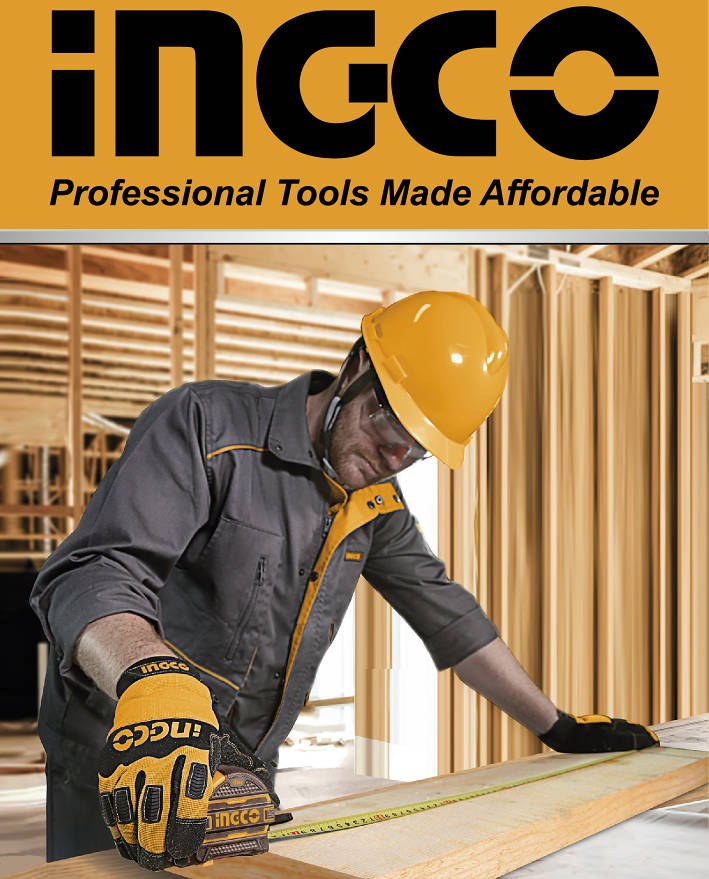
Measuring Tools
Measuring hand tools are used for obtaining precise measurements of physical quantities. Common measuring hand tool examples include tape measures, rulers, calipers, protractors, and levels.
Different measuring tools serve various purposes. For example, tape measures are used for measuring long distances. Calipers and micrometers are for very small and precise measurements. Squares are used to check right angles in carpentry and metalworking.
Holding Tools
Holding hand tools are designed to securely grip and stabilize materials. They keep the materials in place which allows you to cut, shape, or assemble with precision.
For instance, vises are particularly useful for clamping materials firmly without causing deformation. This makes them perfect for tasks like planing and sawing. For edge work, tools like paring hooks and holdfasts come in handy as they provide effective control over the workpiece during hand tool operations.
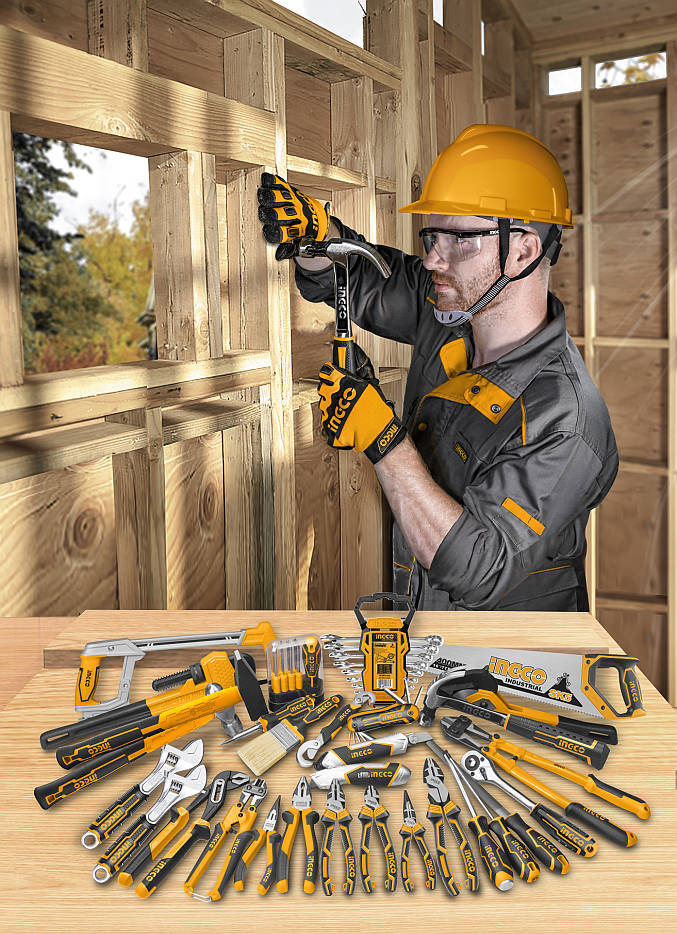
How to Use Hand Tools?
Different tools have different usage and require different sets of instructions. However, there are general instructions and guidelines that you should always follow for proper safety and effectiveness. Here are the steps to using hand tools properly:
- Before use, check the tool for any damage, such as cracks or loose parts, to prevent accidents.
- Use proper PPEs such as gloves and safety glasses to protect yourself from injuries.
- For tools like hammers, hold near the end for power and near the head for control. Always make sure that you have a proper grip on each tool.
- Make sure tools, such as screwdrivers, fit snugly with the fastener to avoid slipping.
- Use deliberate movements to maintain control and prevent slips and accidents.
- Avoid rushing to ensure accuracy and safety in your work.
- Always adhere to the manufacturer’s guidelines for safe and effective use.
How to Maintain Hand Tools?
Now, you might be dedicated to learning what is proper for the care of hand tools. Here are useful tips on how to clean hand tools and maintain them properly.
- Clean tools after each use to remove dirt, grease, and residues. Use mild soapy water and avoid abrasive cleaners.
- Dry tools completely after cleaning to prevent rust. Moisture can cause corrosion over time.
- Apply a thin coat of rust inhibitor or machine oil to metal surfaces. Wipe off any excess oil to avoid attracting dust.
- Inspect tools periodically for signs of wear or damage, like loose handles or dull blades. Fix any issues right away.
- Store tools in a dry, organized space. Use toolboxes, pegboards, or cabinets to protect them from moisture and physical damage.
The quality of a hand tool can affect how long it lasts. Always buy tools from well-known brands to guarantee you're getting a good product. For instance, INGCO is known for making durable hand tools from high-quality materials. Their tools are also designed to be comfortable and easy to use, which helps reduce fatigue and improve productivity. Having high-quality tools along with maintaining them properly can serve you well for many years.
Conclusion
Now that you know what is hand tools and how each type functions, you can confidently do your DIY project. Having hand tools ready is helpful not only for your current task but also for basic repairs and building simple things in the future. Just remember to maintain them properly and keep the tips I mentioned in mind. With well-maintained tools, your projects will be easier and more successful.
FAQs
What materials are hand tools typically made from?
Hand tools are usually made from strong materials like steel, iron, and metal alloys. The handles can be made from wood, plastic, or rubber to give a comfortable grip.
Why are hand tools important?
Hand tools are important because they let you do precise work that power tools can't always handle. They are essential for tasks needing fine control and are often easier to carry and use in small spaces.
How do I choose the right hand tool for a job?
To pick the right hand tool for a job, think about what you need to do and choose a tool made for that task. Make sure that the tool is the correct size and type, and check that it's strong and well-made to handle the job safely and effectively.

